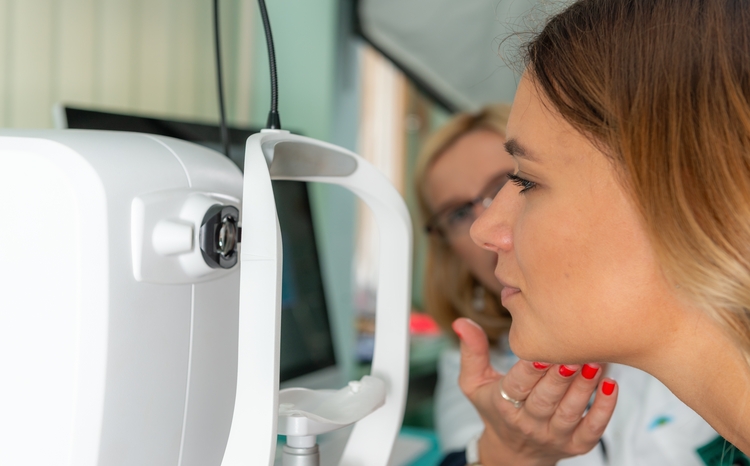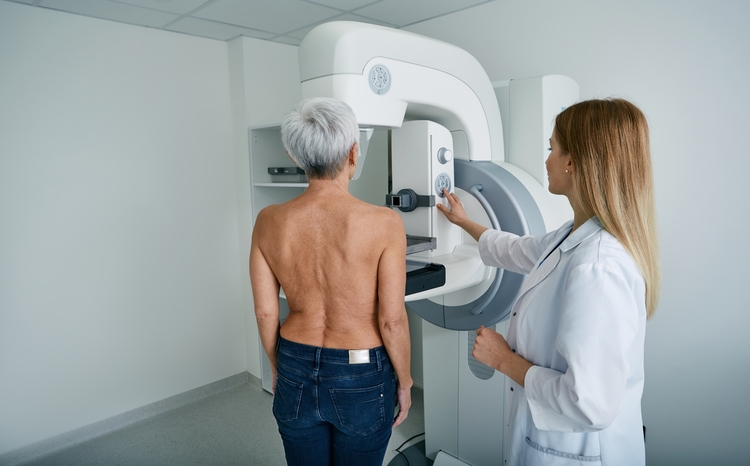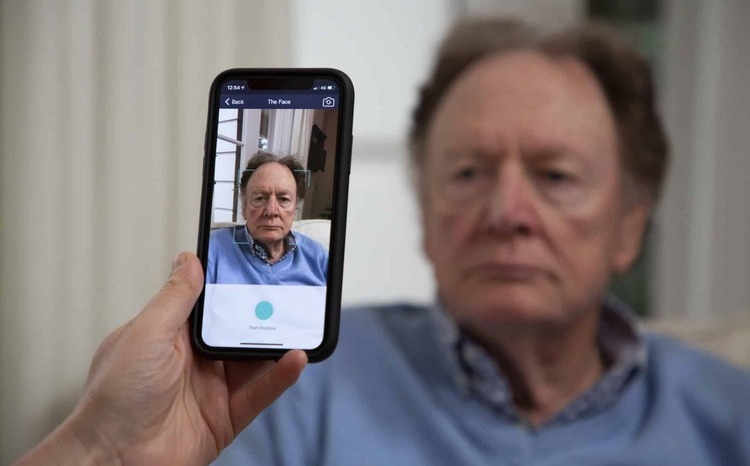Jam tomorrow for the NHS Digital JAMs
- 30 January 2017

Last November, Prime Minister Theresa May coined a new term to describe the millions of people struggling in the face of low incomes and insecure work – the JAM’s – those just about managing. The JAM’s are those families just about managing – getting by but not exactly getting on. Though dismissed by some as a rehash of the ‘hardworking families’ and ‘squeezed middles’ of yesteryear, the acronym has entered the lexicon.
But amid a climate of mounting frontline pressures, intensifying cyberattacks and the plethora of initiatives designed to coax the NHS into going paperless, it seems like an apt descriptor for some of the more technologically challenged corners of our health service. We might usefully call these organisations the ‘digital JAMs’.
Who are the ‘digital JAMs’?
It’s not immediately easy to identify a digital JAM. NHS England’s Digital Maturity Index, is largely based on self-assessment and should be treated with some caution. Digital Health Intelligence’s longer-running Clinical Digital Maturity Index details which systems are in use, but says little yet about how they impact on performance.
But there are undoubtedly organisations that are struggling. In my experience, they’re often ones that haven't woken up to the nuances of what digital transformation really means. Fundamentally, they tend to see digitalisation as a distraction from the real business of patient care, rather than an essential enabler of more efficient working practices across the board.
JAMs tend to sweat too long
This can manifest itself in a number of ways, from a reluctance to embrace technologies that allow records and knowledge to be shared across sites and organisations, to a tendency to ‘sweat’ IT assets long past their sell-by date, either through a misunderstanding of procurement rules or fear of upsetting established processes that appear to be working. Or simple blindness to the value the technology that supports information sharing actually brings to the critical business of delivering care.
The spate of recent attacks by hackers on trust records from Lincolnshire to London has exposed the risks of this mind-set. And with nine in 10 trusts who responded to a recent FOI request saying they still use Windows XP on some machines three years after Microsoft stopped supporting it, the sad truth is that inertia leaves potentially sensitive patient data at risk.
This failure to adapt has wider implications. The NHS is rightly trying to knit together the disparate parts of the system into more cohesive health and care units via Sustainability and Transformation Plans (STPs) to facilitate the creation of new models of care. No-one disputes the sense of this.
STP plans depend on everyone being digital
But these plans will likely come to nothing without the ability to share knowledge and data across organisational boundaries and adopt the new ways of working that technology has brought to almost every other aspect of our personal lives and wider society.
So any weak links in the chain represent a complete bar to the whole process. They’ll potentially be putting not just themselves but entire groups of organisations at risk of breaching information governance guidelines, stymieing new processes for everyone. Digital JAMs might represent only a minority of NHS organisations, but they threaten the ‘herd immunity’ of the whole system.
The NHS needs to get much, much better at sharing
How has the huge gulf in NHS digital capability been allowed to balloon in the first place? To my mind, it comes down to the stubborn inability to pin down what good digital innovation looks like, disseminate best practice and institutionalise the process organisation-wide.
NHS England’s 12 ‘global digital exemplars’, set to share £100m in transformation funding between them, are a case in point. We know their names, and the amount of money they’re meant to receive, but we know almost nothing about the selection criteria, aside from the fact they were chosen at pace by a group of respected international experts including Prof Robert Wachter.
Put simply: Why are they exemplars? What are the criteria? What sets them out from their peers?
Jam tomorrow for digital JAMs
Given that at least half of trusts have been told they’re unlikely to receive any transformation funding until at least 2020, it would be helpful if NHS England could enlighten us about the grounds for singling out this handful of stars. It would also help others understand what ‘good’ looks like and how they might replicate it.
The problem is that the NHS continues to lack an institutional innovation sharing mechanism. There are lots of outstanding individual projects, but the process of innovation isn’t culturally embedded.
At the moment, we operate a ‘pull model’ whereby other NHS organisations are invited to find out about exemplar activity and see if they can mimic it. That’s not good enough. What we really need is a mandatory approach to digital innovation that’s properly evaluated and actively shared.
Better ways to mainstream innovation needed
There are lots of ways you could mainstream this. Why not assess digital innovation in CQC reports, for instance? In my opinion, chief executives should be held accountable for nurturing an innovation culture that acknowledges digital’s central role in creating the healthcare organisations we need in the 21st century. I’d even argue that we need positive and negative incentives to drive the cultural change, the classic carrot and stick approach. We are seeing some carrots in the form of CQUIN, but precious little to call out the stragglers failing to make more than the most basic improvements.
Developing an innovative culture and taking first steps
But if you’re the chief executive of a digital JAM, the problem is often knowing where to start. There’s still an all-too-common belief that digital transformation needs to be fully mapped out in advance before even taking the first step. That approach simply doesn’t work anymore, if it ever did.
What’s far more effective is to adopt an 'agile process methodology' that recognises the intrinsic state of technological flux we live in and responds with a continuous process of trial and evaluation. Instead of aiming for the big bang, flick-the-switch moment when digital transformation is ‘achieved’, test new systems on small groups who rapidly become evangelists for the wider organisation and build out from there.
Path from JAM depends on agility
That doesn’t mean you can’t have a strategy. But that strategy needs to be built around ongoing horizon scanning, spotting tech trends and at least considering them, even if they’re not adopted. Benchmark that strategy against what others are doing and challenge naysayers on why innovations like mobile working, or remote patient access, or machine learning, are relevant to other organisations but not yours.
Importantly, trusts juggling with day-to-day pressures need to overcome the paralysis-inducing fear that digital transformation will necessarily be expensive, disruptive and difficult. Transformation is only expensive if done badly, rigidly or too slowly and, even then, is almost certainly less expensive than doing nothing at all in the long run. Change itself is always difficult, and good change should be disruptive. These are not negatives but the challenges to which we rise – and which the many outstanding people within the NHS will turn into successes if given the opportunity.
– Simon Hudson, director, Cloud2





